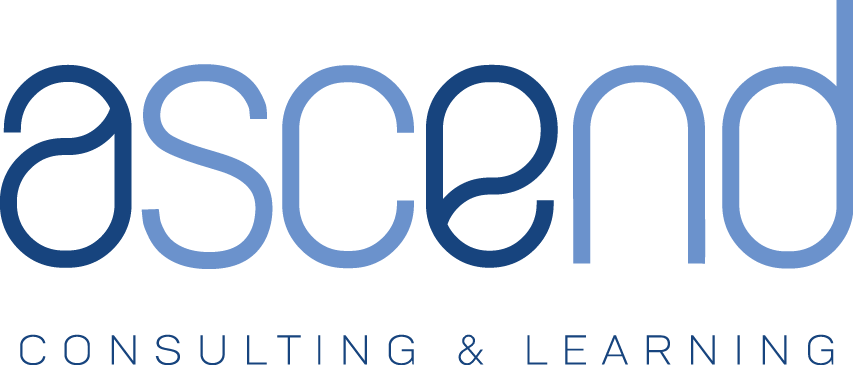We are making a small profit; all is good, right? The answer to this question all depends on how you define profit. The standard accounting definition of profit, revenue minus expenses, unfortunately does not tell the whole story.
The management guru Peter Drucker put this more eloquently than I ever could when he said the following:
“Until a business returns a profit that is greater than its cost of capital, it operates at a loss. Never mind that it pays taxes as if it had a genuine profit. The enterprise still returns less to the economy than it devours in resources. It does not cover its full costs unless the reported profit exceeds the cost of capital. Until then, it does not create wealth; it destroys it.”
Profit is how much value a business creates beyond the cost of all the resources used to create that which it sells. Capital is a limited resource and it is not free. A business is not truly profitable until is shows an economic profit which is different than an accounting profit. Economic profit considers the opportunity cost of the funds invested in the business – the cost of not investing those funds in the next best alternative. This is how investors know they are being compensated for their risk.
- The opportunity cost of the capital invested in a business is its cost of capital. The cost of capital for a business is the weighted average required rate of return of all capital investments in the business, or the Weighted Average Cost of Capital (WACC).
WACC = % debt x after tax cost of debt + % equity x cost of equity
- Invested capital is the amount of funds invested in a business. Invested Capital can be computed several different ways with special adjustments; but in its simplest form, it can be defined as debt plus equity. Non interest-bearing current liabilities are “free” so they are not considered debt.
Invested Capital = Total Debt + Equity
- A business can tell whether or not it has created an economic profit if its Return on Invested Capital (ROIC) is greater than its WACC.
ROIC = EBIT (1 – Tax Rate) / Invested Capital
- Operating profit, or Earnings Before Interest and Taxes (EBIT) is used to compute ROIC because interest expense is the cost of debt and is captured in the WACC.
The following example will illustrate how to use ROIC to determine if a business is truly creating value by creating an economic profit.
XYZ Engineering
Revenue = $6,500,000
EBIT = $325,000 (or 5%)
Effective Tax Rate = 40%
Cost of Equity (required rate of return) = 20%
Cost of Debt = 6%
Balance Sheet
Balance Sheet
Assets
Cash $200,000
Accounts Receivable $1,200,000
Work In Process $200,000
Property/Equipment $400,000
Total Assets $2,000,000
Liabilities
Accounts Payable $200,000
Accruals $200,000
Short & Long Term Debt $600,000
Total Liabilities $1,000,000
Equity
Paid in Equity $200,000
Retained Earnings $800,000
Total Equity $1,000,000
ROIC
Invested Capital = $600,000 + $1,000,000 = $1,600,000
WACC = $600k/$1.6M*(6%(1-40% tax)) + $1M/$1.6M*20% = 13.9%
ROIC = $325,00*(1-40% tax)/$1,600,000 = 12.2% < 13.9% WACC
XYZ Engineering had a return on their invested capital of 12.2% but the cost of that capital was greater at 13.9%. Its 5% profit is actually an economic loss. It turns out that all is not good after all.

